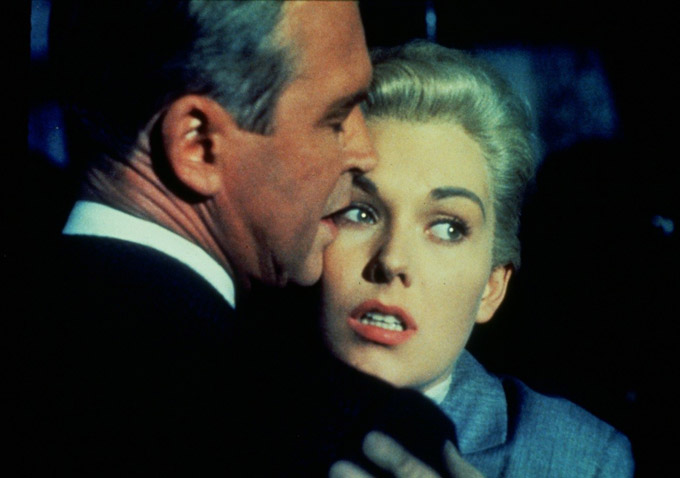 It’s safe to say most filmmakers today have learned something from Alfred Hitchcock, if not been directly influence. The master filmmaker’s resumé speaks for itself — “Rear Window,” “Psycho,” “Rebecca,” “Notorious,” “Strangers on a Train,” “Rope,” “The Birds,” “North by Northwest,” “Shadow of a Doubt” and “Dial M for Murder” — and his remarkable grasp on technical prowess in achieving big screen spectacle has been rarely matched. And among the things Hitchcock knew best about filmmaking was how to stage a scene, as broken down and analyzed by Nerdwriter1 in his latest video, “How Alfred Hitchcock Blocks A Scene.”
It’s safe to say most filmmakers today have learned something from Alfred Hitchcock, if not been directly influence. The master filmmaker’s resumé speaks for itself — “Rear Window,” “Psycho,” “Rebecca,” “Notorious,” “Strangers on a Train,” “Rope,” “The Birds,” “North by Northwest,” “Shadow of a Doubt” and “Dial M for Murder” — and his remarkable grasp on technical prowess in achieving big screen spectacle has been rarely matched. And among the things Hitchcock knew best about filmmaking was how to stage a scene, as broken down and analyzed by Nerdwriter1 in his latest video, “How Alfred Hitchcock Blocks A Scene.”
Taking a closer look at an early scene in “Vertigo” — the 1958 picture some cinephiles would argue is not only Hitchcock’s greatest work, but also quite possibly the best film of all-time — the nine-minute video studies how the legendary filmmaker blocked a five-minute sequence shared between John “Scottie” Ferguson (Jimmy Stewart) and Gavin Elster (Tom Helmore) in a spacious, lavish office. Though it might not seem like it at first, it’s a moment that has Hitchcock written all over it. Focusing on actor movement, set decoration and one key shot that lets the camera call upon itself, it’s a nice reminder of how simple stylistic choices can create a mood, a feeling of dominance and a careful construction of thematics — even when your brain doesn’t immediately recognize them.
It becomes something of a dance. And though there’s often very little physical interaction, the actors still inform one another throughout the scene, thanks to Hitchcock’s masterful guidance. Considering how much "Vertigo" is ultimately about manipulation and the power of cinema itself, this is a telling little scene that echoes enormously through the observations noted. Although, upon first viewing, this scene can appear largely trivial, it’s a key scene that sets the stage — often quite literally — for what’s about to come. And to see how much astute consideration went into each-and-every little detail is just another demonstration of Hitchcock’s genius. Check out the video essay below.





